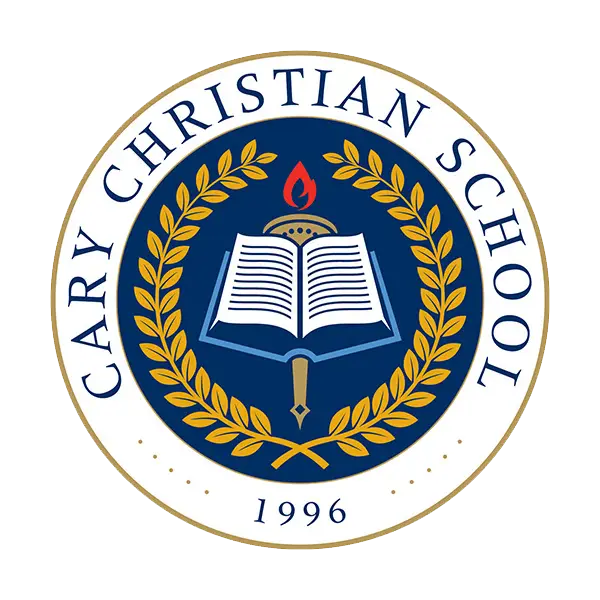“You teach logic to middle schoolers???”
This question is the most common response I receive when I tell people that I teach eighth grade logic. Others include, “Isn’t that a contradiction?” “They’re too young and wild to study logic!” and my favorite, “That’s got to be a fallacy.”
The answer to these questions is another question. I am not the one asking the question, though—it’s my students. They simply ask, “Why?” The inquisitive nature and desire to understand the world around them is the fuel for logic class. Logic, of course, is instruction on how to answer “Why?” correctly. Class content that only satisfies the question “What?” is insufficient and leaves the child starved, deprived, and at times downright upset.
While hormones are raging and brains are developing into whole new realms of activity, children need order and direction. We see the clear order that mathematics and the scientific method give to our understanding of the natural world. The arts point us toward what is beautiful. Logic can be defined as both the art and science of reasoning. It gives rules for the proper order of sound arguments and the direction toward understanding more clearly that we live in an objective reality.
As Christians, our responsibility to the truth is clear. Right submission to the truth affects our understanding of God and our eternal future, as well as our understanding of the natural world. Yes, our education for our children is to be first and foremost Christian, but a quick dunk of public-school curriculum by adding a Bible class is not at all a satisfactory redemption of false teaching into truth. That is why logic is more than a class—it is a method that must be rightly applied to all disciplines.
Reasoning rightly even in this beautifully ordered universe is no small task. The natural world is not the only thing marred by sin. Our ability to reason is an amazing tool but most certainly has its limits. But logic, paired with the truth of God’s revealed Word, gives the only consistent and true perspective for the application of sound reasoning. Even if an argument is valid, if it is based upon false premises, then the conclusion is unsound.
One of the beautiful demonstrations of logic and God’s Word at work together is when our eighth graders study debates over the Resurrection. God has graciously granted ample historical and scientific evidence to show the reasonableness of belief in Christ’s resurrection from the dead. Students can use the scientific and historical data to find that the most probable, reasonable, and in fact true explanation for the empty tomb is that He has risen.
This activity touches on all three parts of the trivium: grammar, logic, and rhetoric. Children in middle school as “Why?” and we want to give them truthful answers to their burning questions. This activity, though, does something more. It leads them to discover the answer for themselves, through sifting through the data to analyze it, organize it, and have some practice at the next stage of the trivium, rhetoric.
Logic is the beautiful method of thinking about information critically. It is the bridge between knowing the right information to persuading others of the right thing to do. Logic is understanding. May we continually seek this right understanding with humility, knowing that even the most gifted logician is living an unsound and ungodly life if he denies the first premise of truth, “In the beginning, God.”

